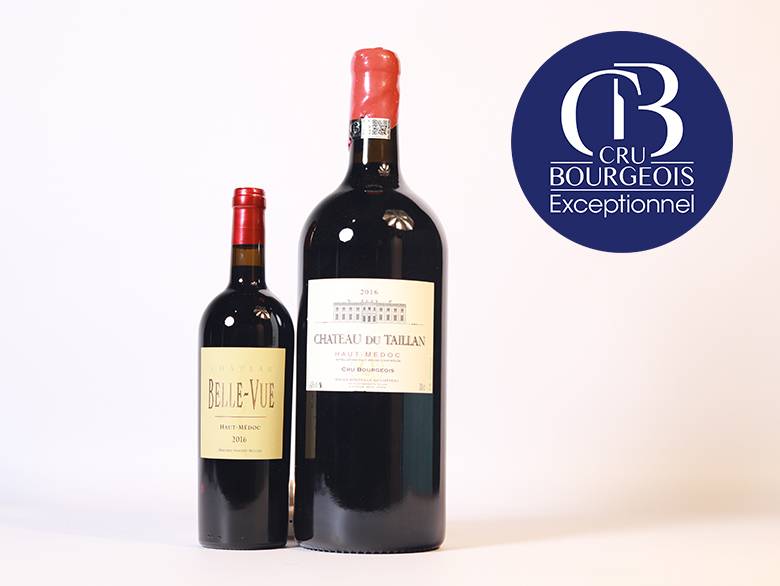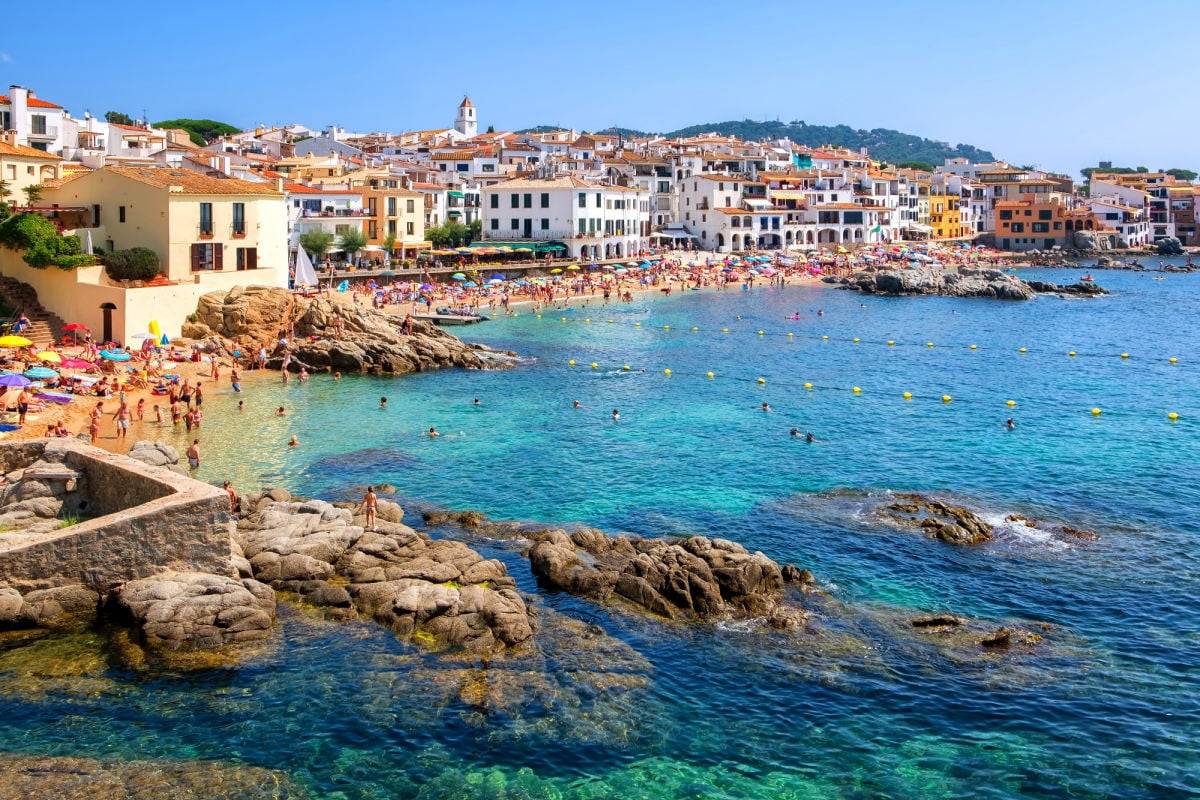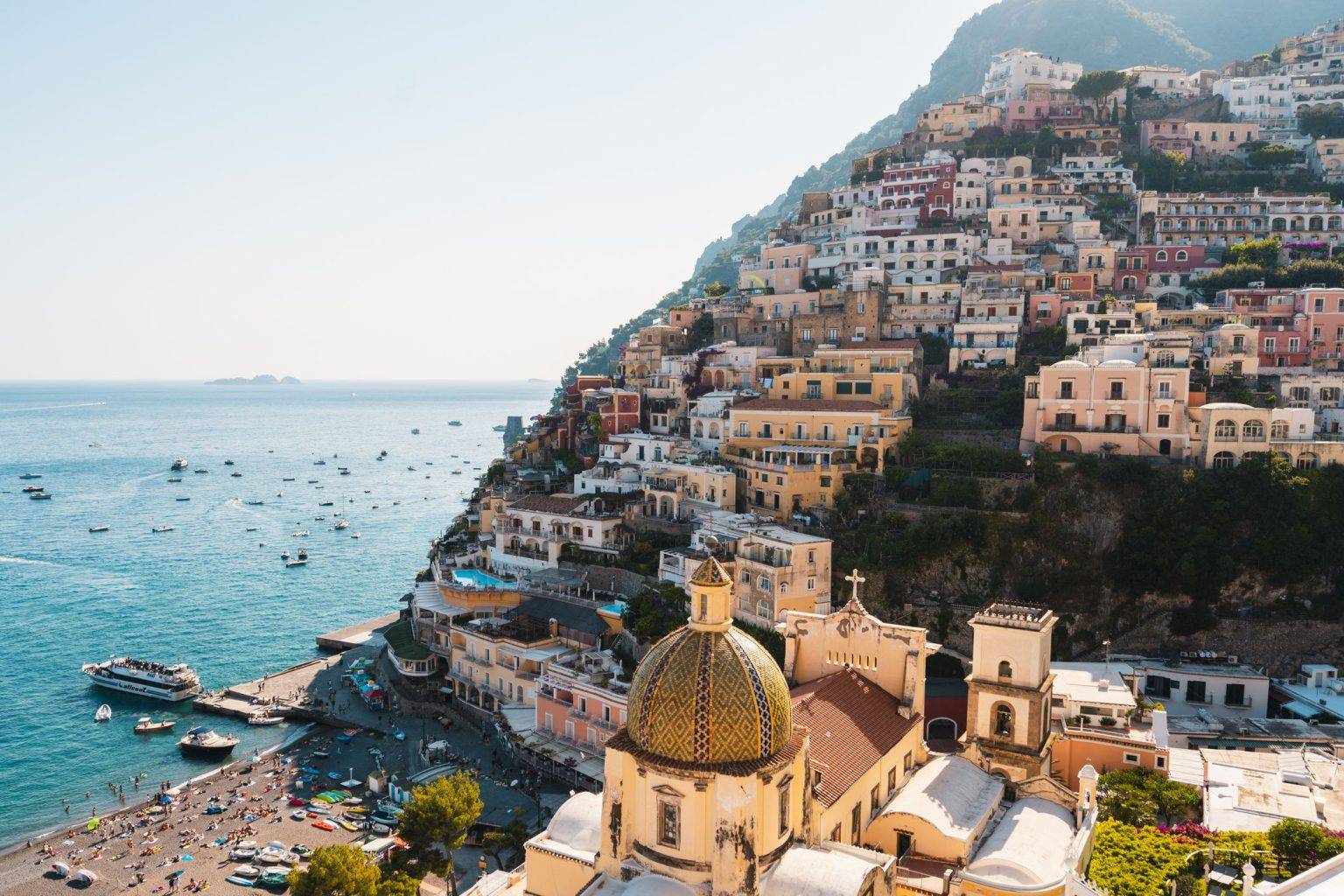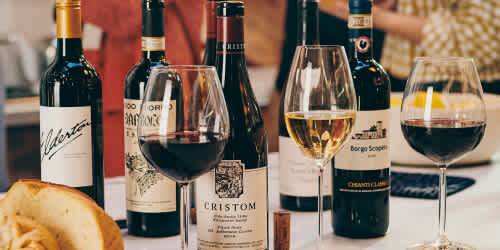Bordeaux Wineries’ Associations and Governance
Les Cotes was formed (2008) by the joining of four appellations who decided to connect and market as a group rather than as individual vineyards. The current group included Blaye, Cadillac, Cote de Franc and Castillon and together they formed the second largest appellation in Bordeaux with 12,000 hectares (30,000 acres). Since inception, exports have increased by approximately 29 percent in volume and 34 +/- by volume. The association has been able to get better prices through joint promotions and the small growers that exist in Les Cotes benefit from the consumer tendency to buy directly from properties at the cellar door. Les Cotes de Bordeaux includes: – 1000 wine producers – 30,000 acres (10 percent of all Bordeaux) – 65 million bottles, or 5.5 million cases; 97 percent red wine – Grape varieties: most wines are blends with Merlot (5—80 percent), plus Cabernet Sauvignon, Cabernet Franc and Malbec. B. Vin de France (VDF). Vinicultural Freedom Since 2010, this group of wineries is noted for table wines and replaced the former vin de table category. Vin de France can include grape varieties (i.e., Chardonnay or Merlot) and vintage on the label but are not labelled by region or appellation – only that they are French. Global sales of wine identified as VDF now account for 340 million bottles annually – 10 bottles sold every second. VDF wines are wines that do not meet the criteria stipulated by AOC or IGP (Indication Geographique Progegee) appellation laws – perhaps the vineyards are located outside the delimited production area or the grape varieties or vinification techniques do not conform to the rules of the local appellations. The idea (considered innovative at the time), allowed vintners to blend wines from different regions and new combinations of grape varieties, representing a fundamental shift for a country tethered to geographic wine classifications. VDF was designed to free winemakers, allowing the production of wines that could compete with international brands and to streamline French wine, making them more accessible to consumers. French geography bound wines systems have been challenging for Americans as retailers and sommeliers were challenged to translate the appellation d’origine controlee (AOC) classification system and its complexities. VDF offers a simple way of presenting quality wine and an excellent entry point for consumers interested in exploring French wines including Sauvignon Blanc, Pinot Noir, Chardonnay, Merlot, and Cabernet Sauvignon. Sales of VDF in 2019 counted for 1.6 million cases with North America the fourth largest market, representing 12 percent of volume and 16 percent of value sold. C. Counseil Interprofessional du Vin de Bordeaux (Bordeaux Wine Council, CIVB) In 1948 the Bordeaux Wine Council was introduced via French Law and it joins together winegrowers, merchants and traders who share a common mission: On June 28, 2019, the CIVD, looking at two years of research, recommended the addition of six heat-resistance grape varieties not previously planted in the region, to be officially permitted for use in Bordeaux blends. The change was approved out of fear of global warming destroying the entire industry. As the climate gets hotter, winemakers are attempting to work against climate caused changes in taste using many pathways to find solutions. On January 26, 2021, the Institut National de l’Origne et de la Qualite (INAO), the organization controls grape selections, formally approved the use of four new red and two new white grape varieties in the Bordeaux region including: Red: Arinarnoa Castets Marselan White: Touriga Naction Alvarinho Liliorila These varieties are additions to the grapes currently approved in existing appellation specifications. The grapes at most risk are Merlot and Sauvignon Blanc that compose the bulk of red and white vines in the Bordeaux region. Climate shifts in the late 1990s, harvest for these early ripening grapes moved to August with September 10 to October 10 being the historical harvest norms. Research suggests that these two grape varieties as they currently exist, could be useless by 2050. D. Syndicate des Crus Bourgeois In 1907, a law was passed telling growers they had to declare the size of their harvests and could only produce as much wine as their declared harvest could make. However, some growers overstated the size of their harvest (1907-08) so – they could bulk up their sales with cheap wine from the Midi or bring in wines from outside the region. Frequently the French have tried to codify quality. In 1932 the French tried to put the lesser-known chateaux into a classification system that included 444 wineries, 6 at the top-level crus bourgeois exceptional, 99 crus bourgeois superior and 339 plain crus bourgeois. In 1966, ranking was redefined by the Syndicate des Crus Bourgeois and in 1978 there were 128 chateaux listed. In 1978 the European Community (now the EU) determined that the terms GRAND and EXCEPTIONAL were meaningless and could no longer be used. From then on, all crus’ bourgeois were just crus bourgeois. This opened the gates for people outside the Medoc to use the term. How the Syndicate currently operates: Chateaux who want to use the name cru bourgeois apply to the Syndicat (cost $435). The property submits information about the operation (historical records, vinification methods, etc.) Criteria for inclusion will be: – Terroir – Quality (samples of the wines from 6 vintages to be tasted by the committee) – Standards of viticulture and vinification – Consistency of quality – Reputation Will chateaux currently using the name cru bourgeois for their second wines will be allowed to continue? Will each chateaux have its own cellar? Where does this leave cooperatives? The Committee has 18 members (at least one faculty member from the Bordeaux School of Enology, brokers, negociants, cru bourgeois Syndicat members). The wineries will be reviewed every 10-12 years. Applicants considered to be inappropriate will not be permitted to use the name cru bourgeois on their labels and will have to wait until the next review to reapply. Recently, the Syndicat reinstated “exceptional” and “superior” plus a three – tiered system to encourage producers to focus on










